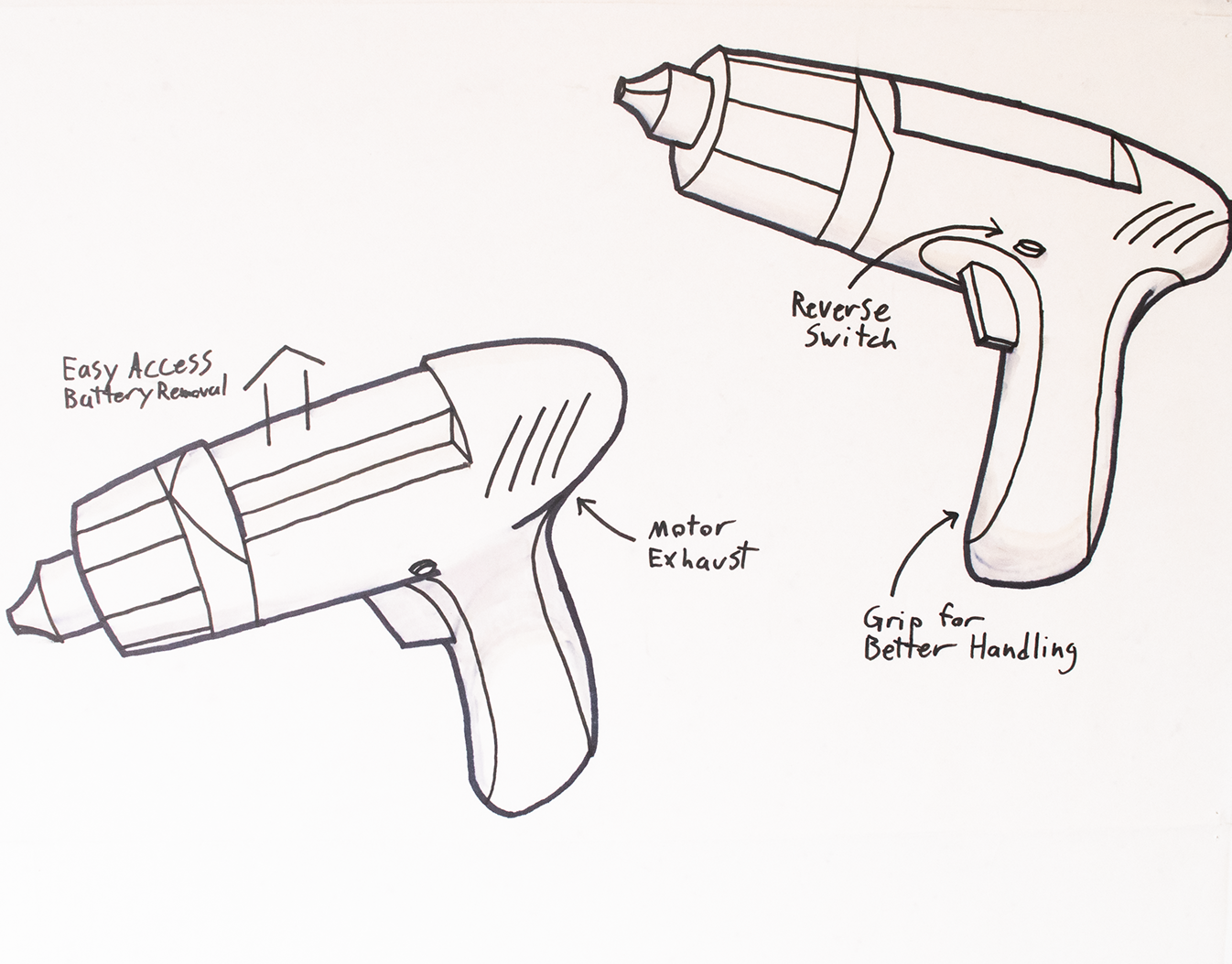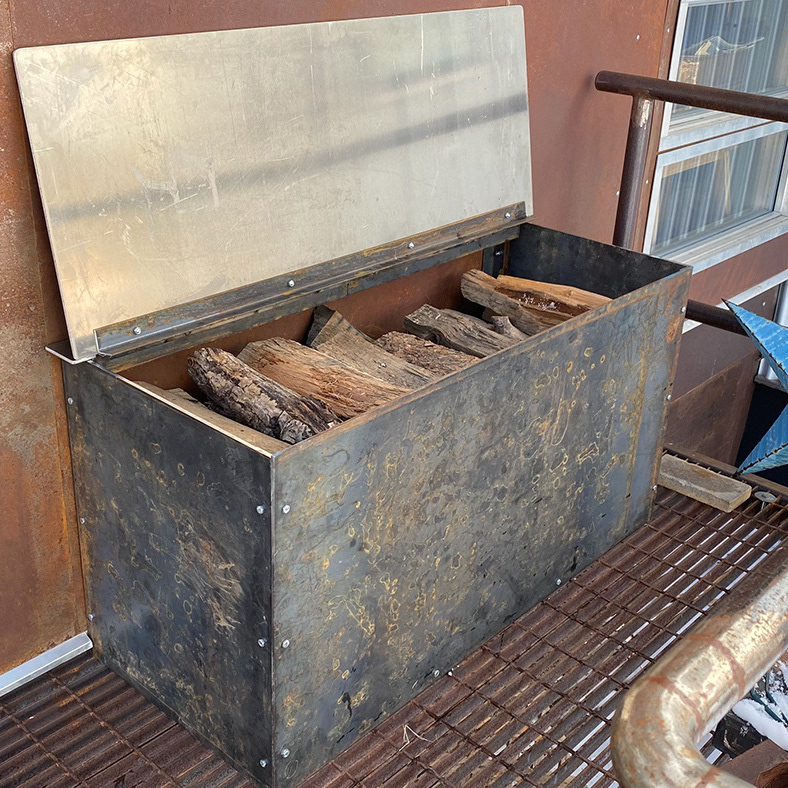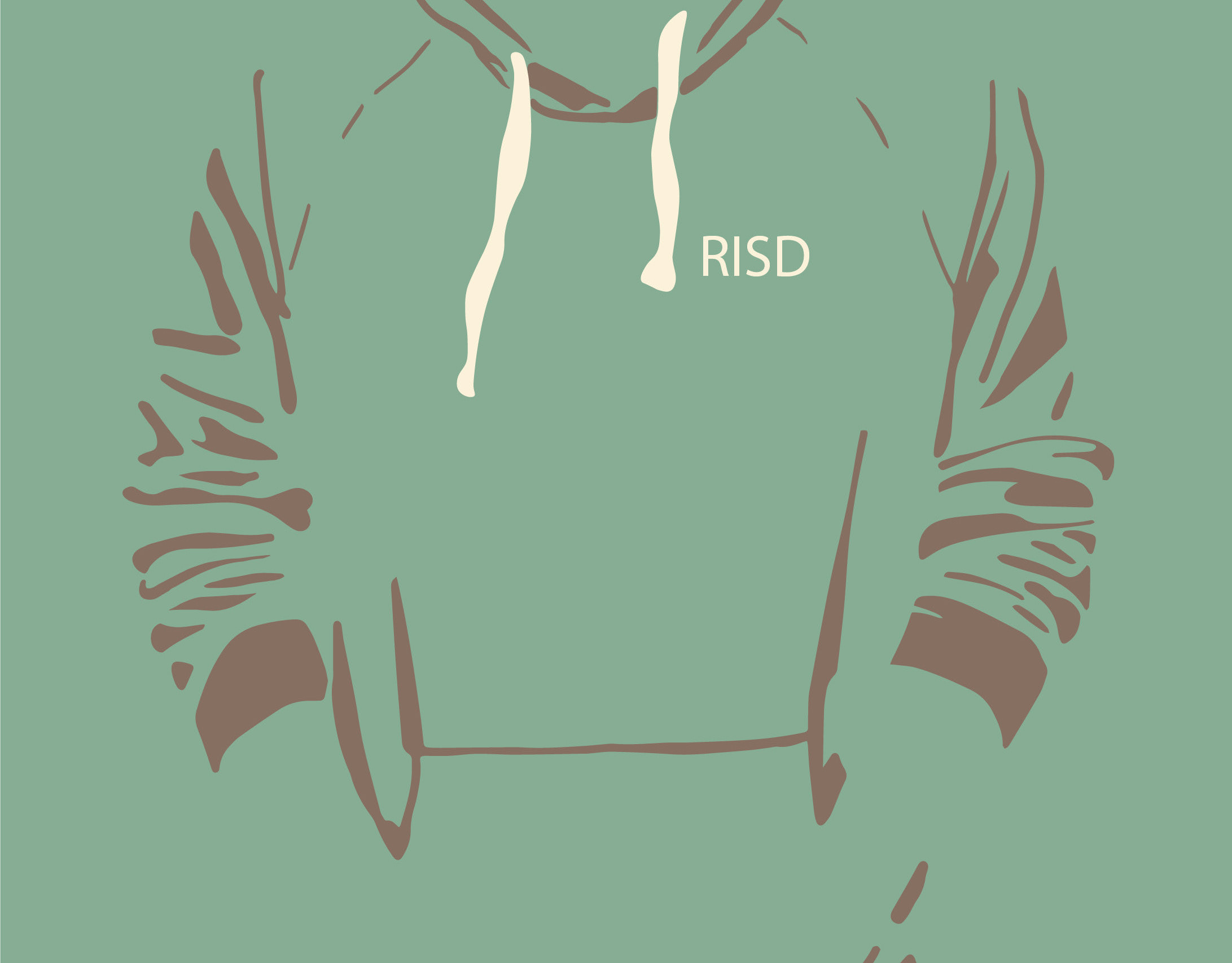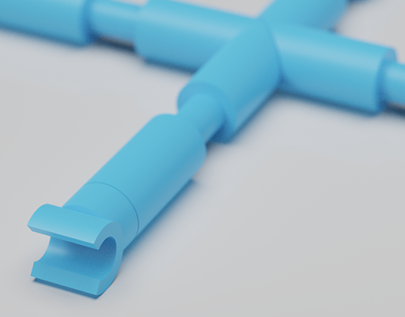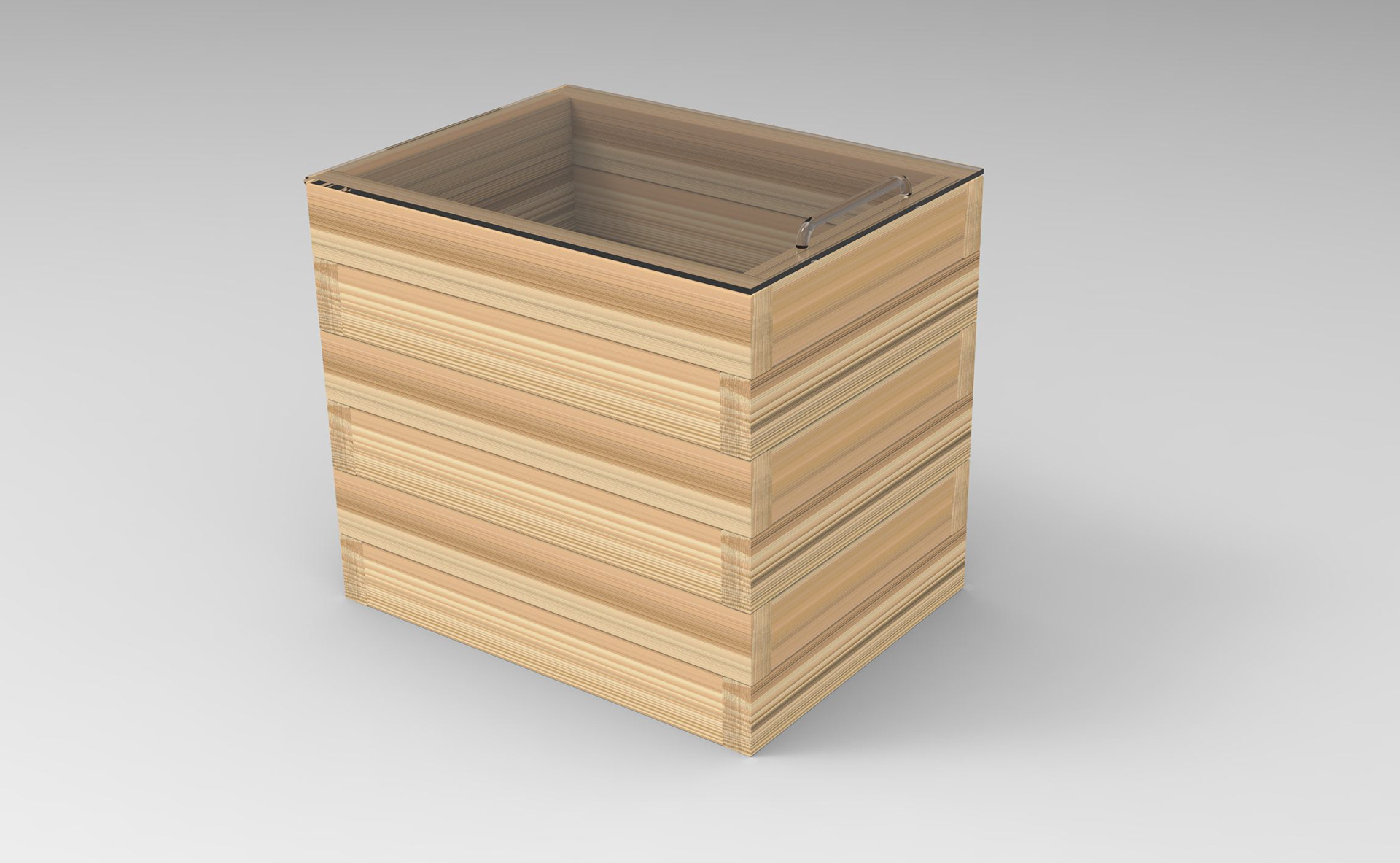
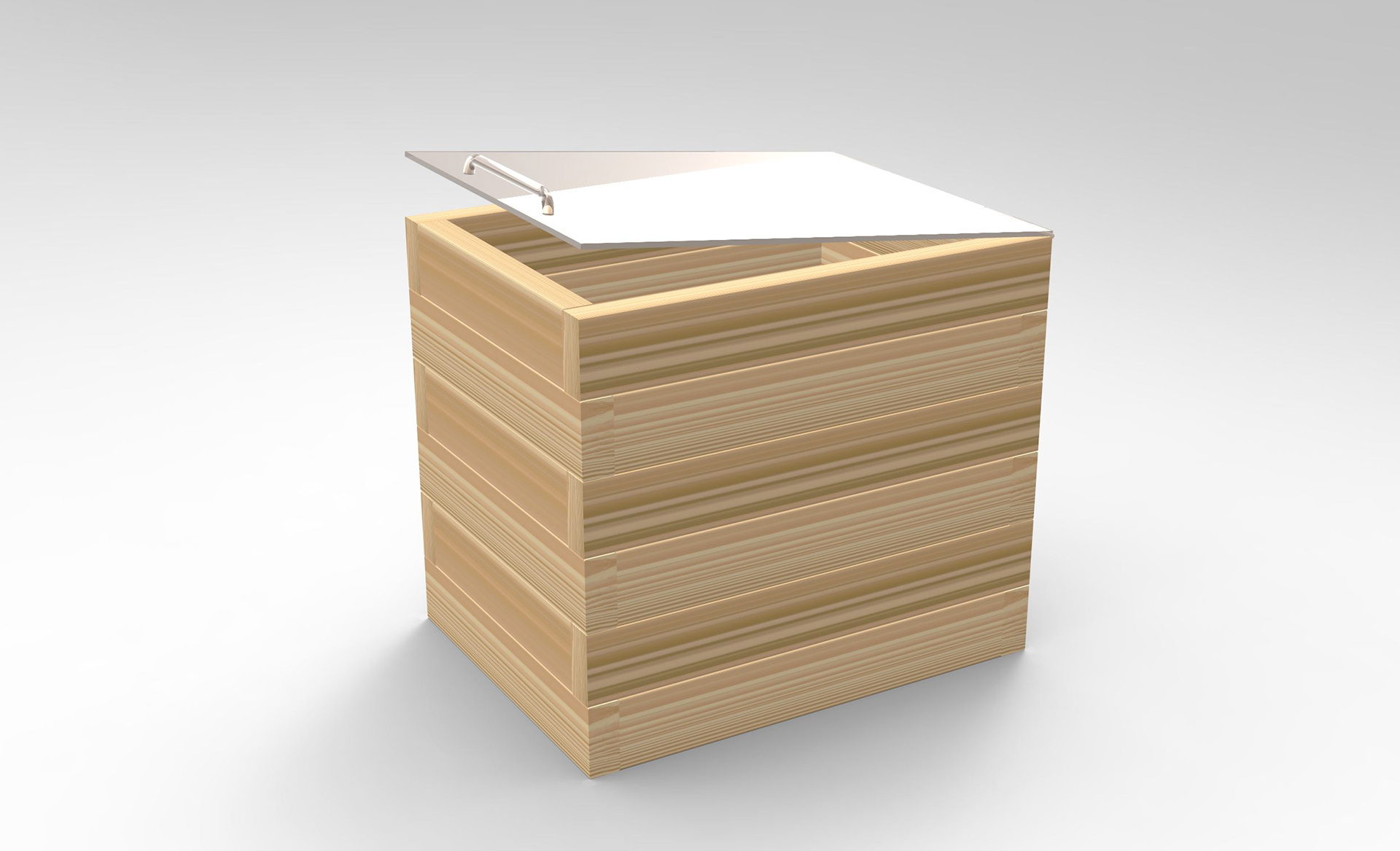
How many bugs have you seen today looking out the window or walking down the street? Now imagine eating them. One of the largest untapped resources we have is right in front of our faces: Insects. Yet, there is one problem, western culture find bugs revolting. The normal meat based diets are no longer sustainable with the rising population.
The meat industry is one of the most environmentally destructive industries in the world due to deforestation for farmland and methane production. Insects require less land, less food, less water, and produce less natural gas. Numerous other countries eat insects in their daily diets and even have them as snacks and delicacies. Bugs are everywhere, they are even in most store bought foods today.
Insects are extremely nutritious with a higher digestible body mass content than beef producing less waste. More information here: https://cricketpowder.com/sustainability/
The term "wasted" is used to define a person who is weak or emaciated due lack of food. More information here: https://data.unicef.org/resources/joint-child-malnutrition-estimates-interactive-dashboard/
The United Nations Food and Agriculture Organization. More information here: https://www.bbc.com/news/world-22508439
The FDA approves certain amounts of Insect Fragments in most foods such as Ground Cinnamon and Pasta. People are already eating insects in most of their daily meals without realizing. There needs to be a change in the way people view bugs in order to incorporate them into our diet.
The BugShed is the first step in normalizing eating insects. The BugShed is a bug farm that will be modeled after beehive CSAs. It would look similar to community beehives, connecting it to a system people already know and benefit from.
The function of the BugShed is to farm crickets for small communities and will educate people about the benefits of insect based diets, global food shortages, general nutrition, and affordability, to gain traction for large scale production. Due to the low carbon footprint of cricket farms, if the market shifts more to consumption of insects it will be relying more on an environmentally friendly source of nutrients.
This design focuses on sustainable materials in effort to use less plastic.


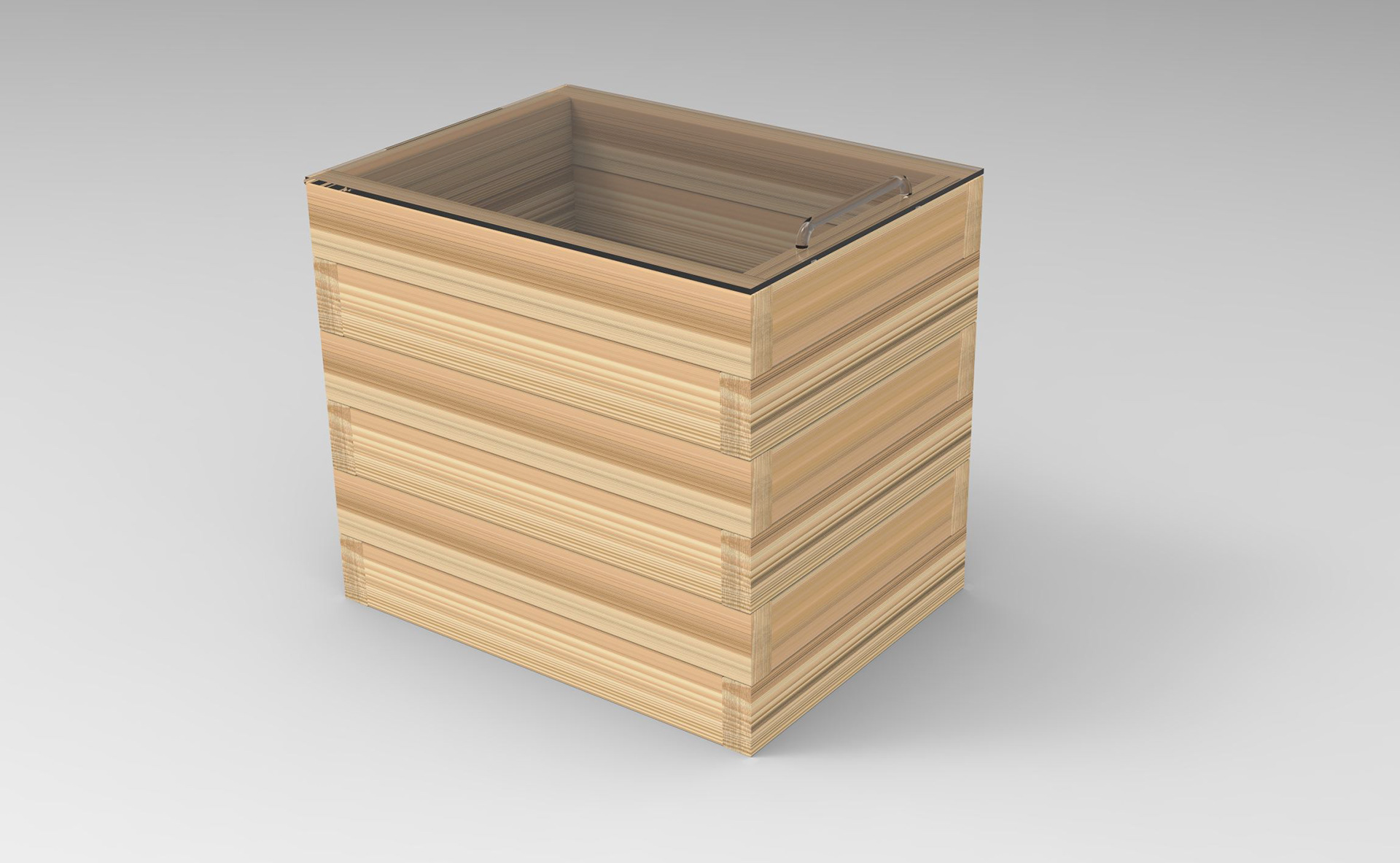
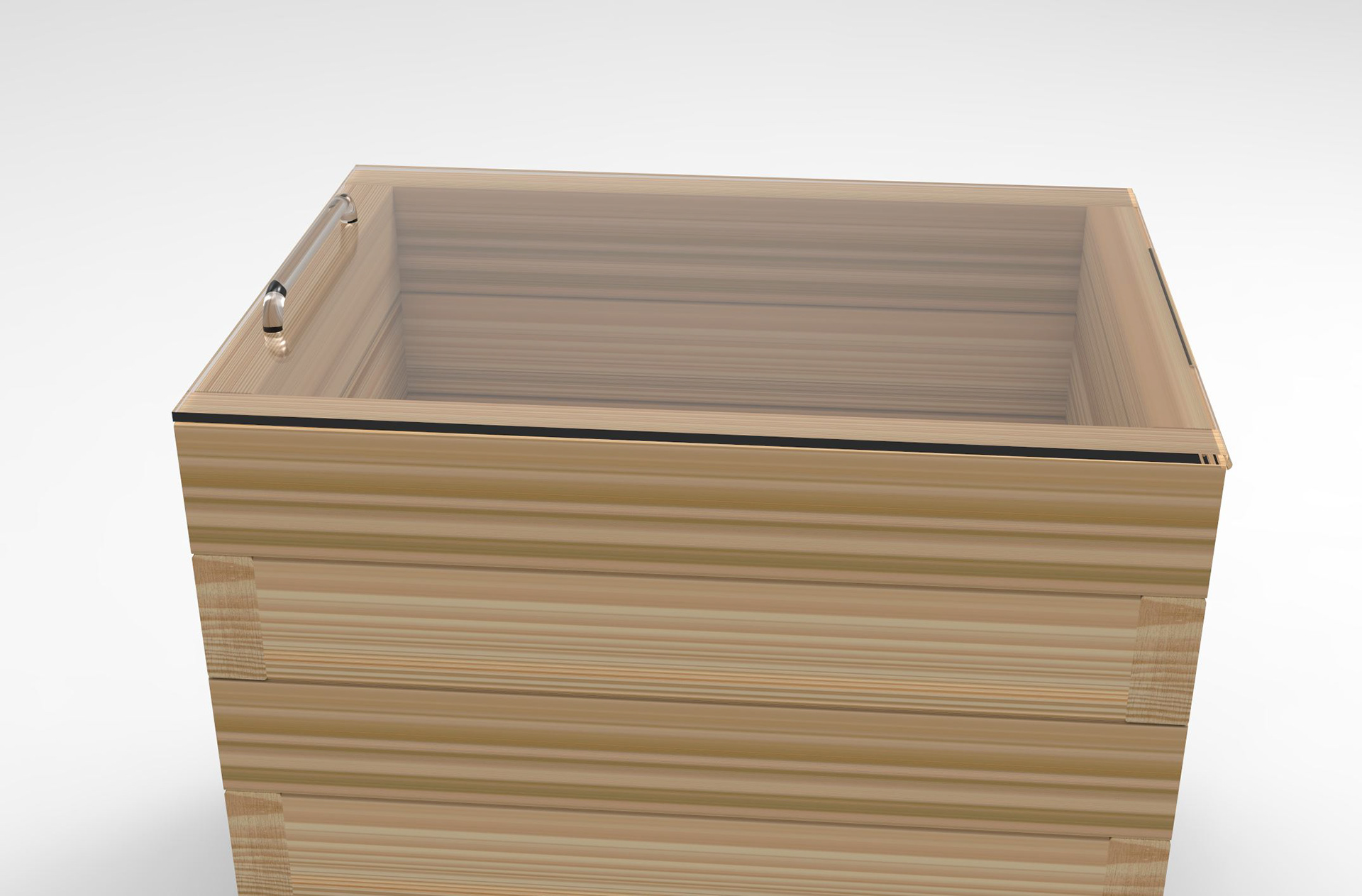
The interior would be stacked egg cartons for housing the insects. The lid keeps them in while showing the interior to check on the farm.
Due to the small amount of space needed to farm crickets, farms could be located in very crowded areas, such as cities, without taking up excessive amounts of space such as cattle. Because crickets are extremely efficient to produce, as the demand rises for bugs, the prices will drop making them a more affordable and nutritious source of food for low income areas of the world. Land previously used for cattle can then be used for renewable energy such as wind and solar energy which already require large amounts of deforestation, preventing unneeded and unwanted deforestation in new locations.


